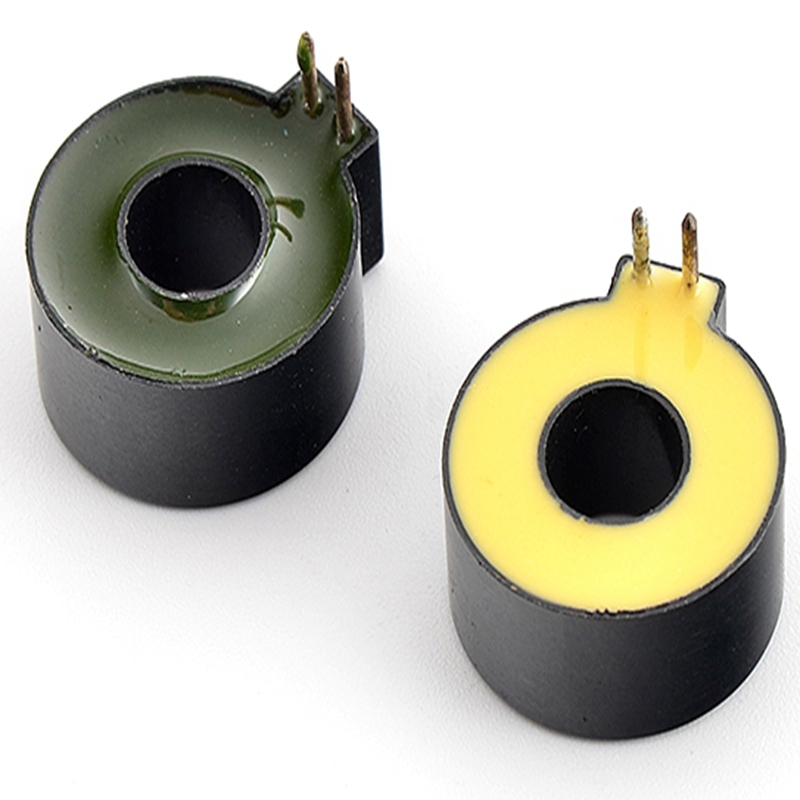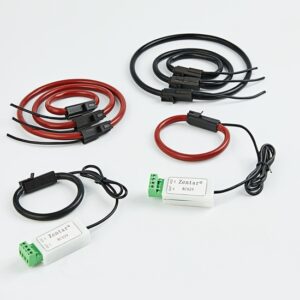The size of the current varies tremendously in the power generation, power transformation, power transmission, power distribution and power circuit, from several Amp to thousands of Amp. In order to facilitate measurement, protection and control, it needs to be converted to a relatively uniform current. In addition, the voltage of circuit is high and may cause danger when we have a direct measurement. The current transformer plays a role as current transforming and electricity isolating.
The current transformer is based on the electromagnetic inductionprinciple. It is composed of closed iron core and winding. The turns of its first winding are very small, stringed in the circuit whose current needs to be measured. Thus, it is often flowed through by the full-load current of the line. The turns of its second winding are much than the former, stringed in the measuring instrument and protecting circuit. The circuit of secondary winding is always closed when it works. So the impedance of the measuring instrument and protection circuit is very small, with working status being close to short circuit. It converts the large primary current into the small secondary currents for measuring, meanwhile the secondary winding cannot be opened.
The function of current transformer:
What are the common malfunction of current transformer? How to judge and handle it? What items should be checked during theroutine inspections.
1. The secondary winding is an opened circuit
2. Overheating when it works
3. Smoking or smelling internally
4. The coil is loose; the turns aer in short circuit
5. Discharging Internally, sounding abnormally, or discharging spark between lead wire and shells
6. Severe oil leakage or low oil surface
Generally, judgment should be made based on the abnormal phenomenon that occurs. For example, checking the heating phenomenon with the temperature testing wax tablet, determining whether thecircuit is opened or not according to the sound and the indicator on the table. Repairing or replacing it immediately once a failure is found. Routine inspections generally include:
1. Checking the overheating phenomenon and peculiar smell
2. Checking the insulation condition regularly
3. Checking the three-phase indicator of ampere meter, whether it is running over load
4. Whether the porcelain part is clean and complete, existing any damage and discharge
5. Whether the oil level is normal and existing oil leakage






